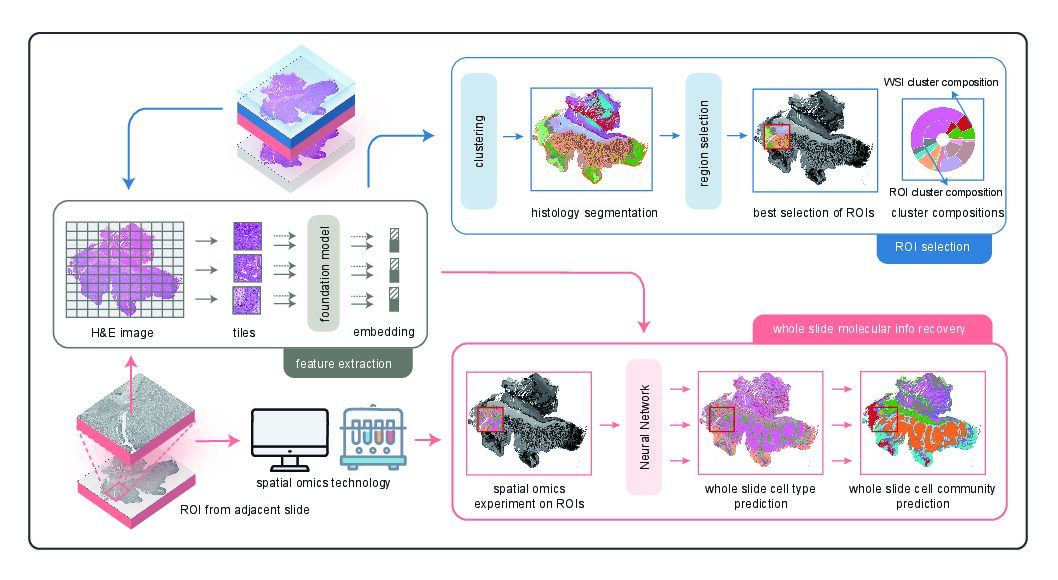
New Smart Spatial Omics Workflow Boosts Efficiency and Accuracy in ROI Selection
A new study by Dr. Ricardo Castillo identifies stark rabies inequities in Arequipa driven by neighborhood socioeconomic status.
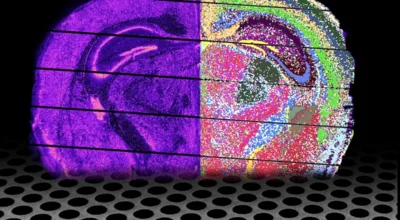
iSCALE Unlocks Molecular Maps of Large Human Tissues
Dr. Mingyao Li co-authored a study demonstrating iSCALE, a method that maps large human tissues at molecular and spatial resolution, uncovering disease features previously invisible.

Dr. Mingyao Li’s Nature Publication, “Spatial Transcriptomics Reveals Human Cortical Layer and Area Specification”
Read about Dr. Mingyao Li's recent publication in Nature, which maps early human brain development using spatial transcriptomics. The study reveals that cortical layers and areas are specified earlier than previously thought, offering new insight into how the brain takes shape.
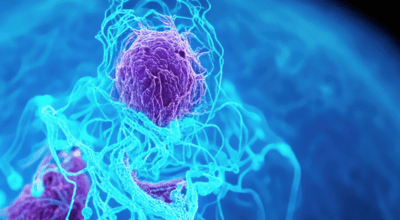
AI Tool Analyzes 30K Data Points Per Medical Imaging Pixel in Cancer Search
Mingyao Li, PhD and her Penn Medicine colleagues developed an AI-powered tool called MISO (Multi-modal Spatial Omics) that can detect cell-level characteristics of cancer by looking at data from extremely small pieces of tissue—some as small as the width of five human hairs.

Mingyao Li, PhD
Dr. Li joined the biostatistics faculty in 2006 after receiving her PhD in Biostatistics from the University of Michigan in 2005. She is also a faculty member of the Genomics […]
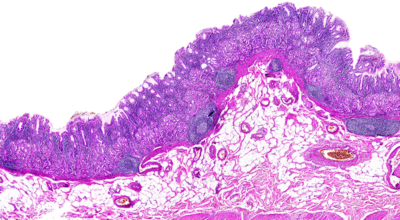
Dr. Mingyao Li Explores the Transformative Role of AI in Spatial Omics Research in Nature Methods
Dr. Mingyao Li's article in Nature Methods discusses how artificial intelligence is revolutionizing spatial omics, enhancing integration of diverse data and accelerating biological discoveries for improved health outcomes in biomedical research.
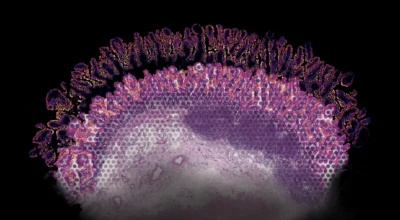
Mapping Gene Activity Down to the Cellular Level
Advanced spatial transcriptomics techniques are advancing our understanding of cancer and other diseases at the cellular level: “You can zoom in, you can look at the tissue-specific features, how many […]

Turning the Tables on Diseases that Spread Spatially
Many human diseases start out with single cells, which establish the problem by spreading out. Spatial transcriptomics, a groundbreaking method, allows scientists to take advantage of that activity, measuring all […]